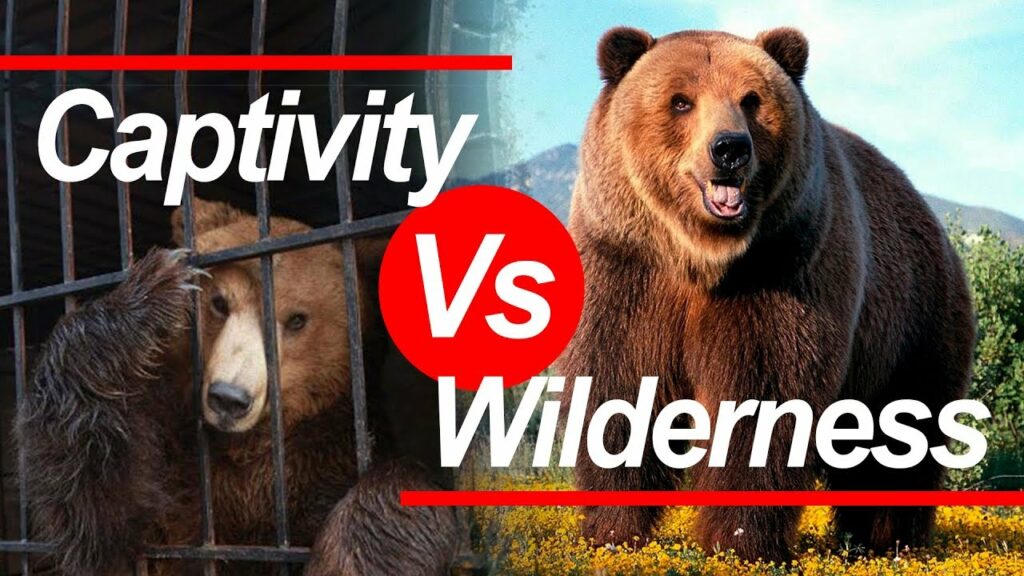The debate over the ethics of keeping wild animals in captivity is a complex and long-standing one, with strong arguments on both sides. This discussion often centers on the difference between traditional zoos and animal sanctuaries, and what each facility’s purpose and impact on animal welfare truly is.
The Case for Zoos
Proponents of zoos argue that these institutions play a vital role in conservation, education, and scientific research.
- Conservation and Breeding Programs: Zoos often participate in Species Survival Plans (SSPs), which are cooperative breeding programs designed to maintain healthy, genetically diverse populations of threatened and endangered animals. For some species, such as the California condor, captive breeding programs have been crucial in preventing extinction.4 Zoos argue that by providing a safe environment, they can protect animals from threats in the wild, like poaching, habitat loss, and climate change.
- Education: Zoos can serve as a powerful educational tool.6 They provide the public, especially children, with an opportunity to see and learn about animals they might never encounter otherwise. This exposure, advocates claim, can foster a sense of empathy and a deeper appreciation for the natural world, inspiring future generations of conservationists.
- Scientific Research: Zoos can be a hub for scientific research that would be difficult or impossible to conduct in the wild. This research can provide valuable data on animal behavior, physiology, nutrition, and genetics, which can then be used to improve conservation efforts in the wild.
The Case Against Zoos
Opponents of zoos, however, contend that the negative impacts of captivity far outweigh the benefits.
- Animal Welfare and Psychological Distress: Critics argue that no matter how well-intentioned, zoos cannot replicate the natural habitat and social structures that wild animals need to thrive.9 Confinement in small enclosures, lack of autonomy, and the constant presence of visitors can lead to stress, boredom, and abnormal, repetitive behaviors known as “stereotypies” (e.g., pacing, rocking, or self-harm).
- Lack of Reintroduction: While zoos promote conservation, a very small percentage of the animals in their care are part of a program to be released into the wild. Many animals bred in captivity lack the necessary survival skills to be reintroduced and would not survive. This raises the question of whether zoos are truly focused on conservation or simply on maintaining a collection of animals for public display.
- Entertainment Over Education: Many critics believe that the primary purpose of zoos remains entertainment and profit, not conservation.11 They argue that seeing animals in a confined, artificial setting does not provide a realistic understanding of their natural behaviors and habitats. This can perpetuate the idea of animals as objects for human amusement rather than sentient beings with a right to live freely.
The Role of Sanctuaries
Animal sanctuaries offer a different model of care for captive animals.14 The core mission of a genuine sanctuary is to provide a permanent home for animals who cannot survive in the wild, with an emphasis on their well-being rather than public exhibition.
- Rescue and Rehabilitation: Sanctuaries primarily take in animals that have been rescued from abuse, neglect, illegal pet trades, or the closure of other facilities like circuses and roadside zoos. They do not typically buy, sell, or breed animals.
- Focus on Animal Welfare: A true sanctuary prioritizes the physical and psychological needs of its animal residents. Enclosures are designed to be as natural and spacious as possible, allowing for the expression of natural behaviors. The focus is on providing a safe and comfortable life, not on putting animals on display for visitors.
- Limited Public Interaction: Many sanctuaries are not open to the public, or they offer limited, non-intrusive viewing opportunities. The goal is to minimize human interference and stress on the animals.
The “Wild vs. Captive” Dilemma
Ultimately, the debate boils down to the fundamental question of whether it is ethical to keep a wild animal in captivity at all.
- Freedom and Autonomy: In the wild, animals have the freedom to roam vast distances, hunt, find mates, and establish their own territories. They face natural challenges and have a level of autonomy that is impossible to replicate in captivity.
- Safety and Survival: The wild is also a dangerous place. Animals face threats from predators, disease, starvation, and human activity.17 For some animals, especially those injured or orphaned, or those from a species on the brink of extinction, captivity in a well-run facility might offer a better chance of survival.
While some zoos are making strides in improving animal welfare and conservation efforts, many critics believe that the very concept of a zoo is outdated. The growing popularity of genuine sanctuaries and the increasing scrutiny of animal welfare suggest a societal shift toward prioritizing the well-being of individual animals over human entertainment.
